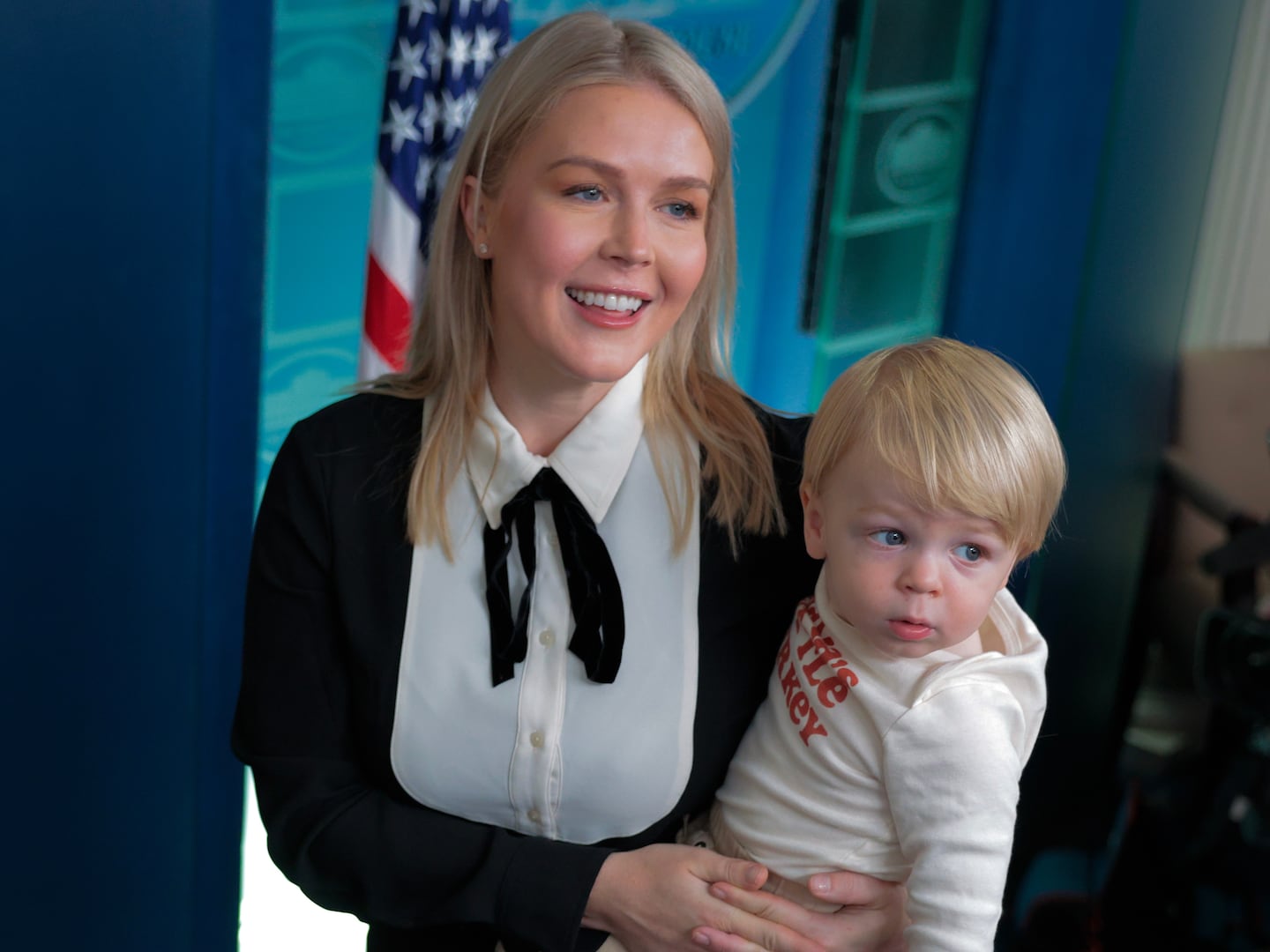Here’s the climate crisis in two hunks of ice: the snowball that Climate Change denier James Inhofe tossed on the floor of the Senate, and Antarctica’s 618-square-mile Larson B Ice Shelf, which will disintegrate by the end of the decade, according to a report released today by NASA.
Earlier this week, Larson B’s much bigger brother, Larson C, was also declared to be at “imminent risk” with huge cracks appearing on its surface.
Not only are these developments yet more canaries in the coalmine of global climate disruption, they have nasty effects. When massive ice shelves fall apart, glaciers melt into the ocean, accelerating the rise in global sea levels.
But according to Senator Inhofe, it was cold in Washington, D.C., over the winter, so climate change must be a hoax.
In fact, according to NASA, January to March 2015 was the hottest three-month start to any year on record. And the last 12 months, i.e., dating back to March 2014, have been the warmest 12 months since record keeping began in 1880. Most worrying is the extreme warming in the Arctic, which has already led to polar bears drowning in the ocean, and in Antarctica, which has led to the ice shelves collapse.
Senator Inhofe’s experience over the winter occurred because the American Northeast is a global anomaly. This ominous-looking map from NASA, publicized by Think Progress, makes that abundantly clear. The Northeastern United States is a tiny patch of blue—colder than usual—in a whole world of yellows, oranges, and reds.
But why is it so cold here in the Northeastern United States, if it’s really so hot elsewhere? You can probably guess the answer: We don’t really know.
The best guess so far is that, in fact, global warming is making the Northeast colder.
Remember, all those graphs of rising temperatures are based on global averages. Regionally, there are all kinds of variation. Remember the polar vortex of 2014? Actually, it never went away. The loss of Arctic snow and ice has been shown to have changed the flow of the jet stream. That alteration is responsible both for California’s drought and for Massachusetts’s record snowfalls this winter (not to mention the flurries still falling on April 24).
“Polar Vortex” may no longer be trending on Twitter, but it’s still happening in the atmosphere. I hate to say it, but winters like this past one may be the new normal.
This is why terms like “global warming” and “climate change” (despite the latter having recently been banned in Florida) can be so misleading. They sound cozy, gradual, and natural. And they don’t reflect the messy, uneven reality of the global climate. Some places will get a lot hotter—others may get colder. Unfortunately, Antarctica is in the former category.
For these reasons, various alternative terms have been proposed. Interestingly, the most dire ones—“global scorching,” for example—can backfire. A fascinating 2010 study by the University of California Berkeley found that dire warnings about climate change are so frightening that they threaten people’s sense of safety, triggering a denial response.
So far, the leading alternative to the soothing “climate change” or cozy “global warming” is “global climate disruption,” proposed by advisers to the Obama administration. That may strike the right balance on the fright scale, and indicate the uncertain and global nature of what, exactly, will happen.
It hasn’t caught on yet. According to Forbes, a Google search for “climate disruption” yielded 236,000 hits. “Climate change” gets 107 million.
I’d add one other complicating factor. Let’s face it: Neanderthals like James Inhofe aren’t very good at thinking globally. They have primitive assumptions about religion, race, “foreigners,” you name it, and they act on them reflexively. These are the same people who told America that the Iraqis would welcome us with open arms, like a bunch of neo-cons at a Marietta County country club.
So of course Senator Snowball is ignorant about the temperature in Uzbekistan. He can’t find it on a map. Or pronounce it. Or know whether we like ’em, hate ’em, or don’t care about ’em. The America-centrism and lack of imaginative thinking about places different from our own is as true in the case of climate change as it is in times of war.
Senator Inhofe’s Climate Trutherism is also part of what Richard Hofstadter memorably called the “paranoid style in American politics.” Inhofe believes that not only is climate change happening but that there is a worldwide liberal conspiracy to lie about it. That isn’t skepticism; it’s wingnut paranoia.
Oh, and then there are those religious extremists who believe that climate change is a good thing, since it’s the sign of the End Times. Or the paid lackeys who lie about climate science in exchange for industry dollars.
I wonder how many Scotland-sized ice shelves will have to collapse—or how many California farms will have to fail—before people like Inhofe can see beyond their own noses. In the meantime, for every snowball they throw in the Northeastern United States, a whole glacier is falling into the sea.






